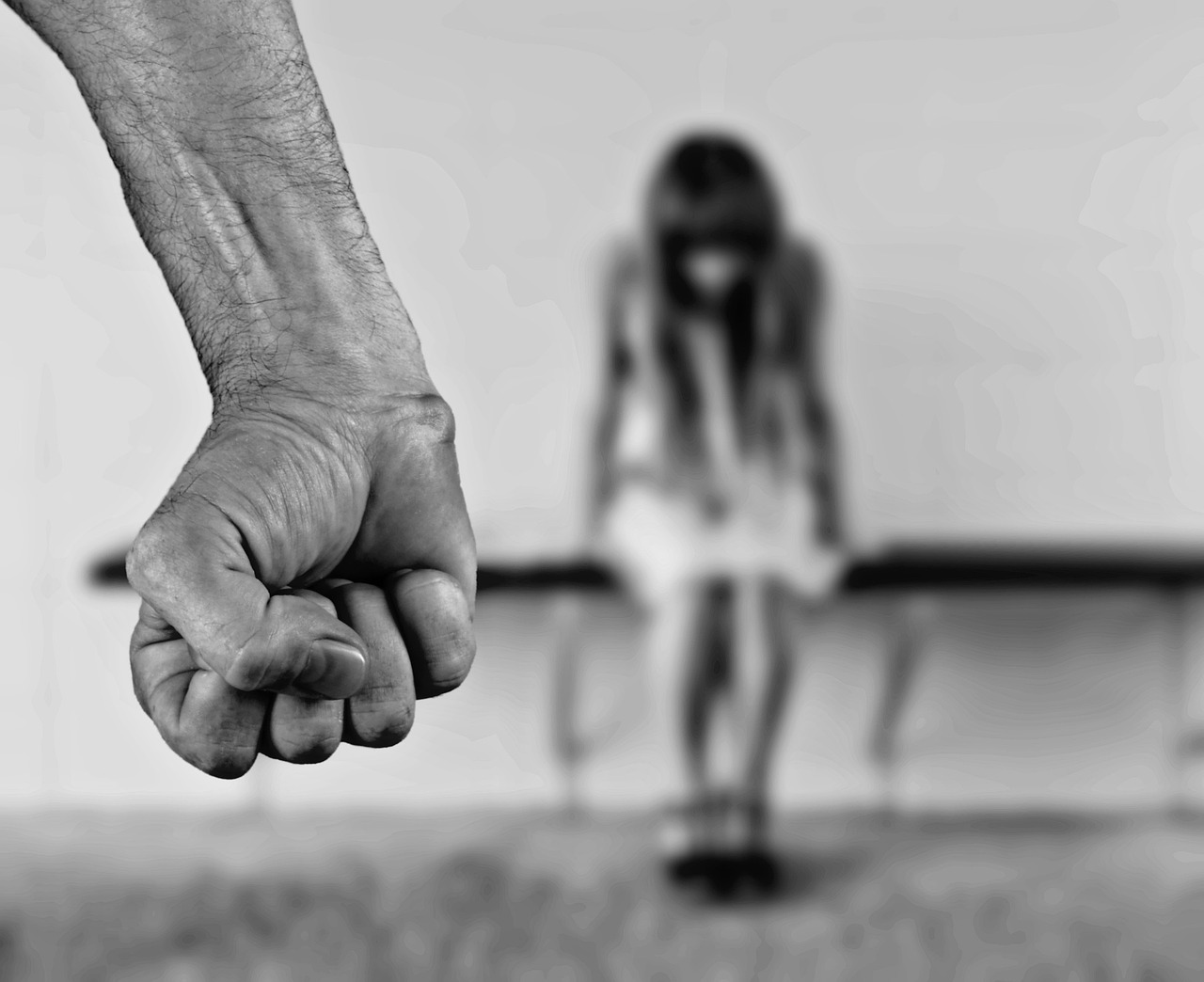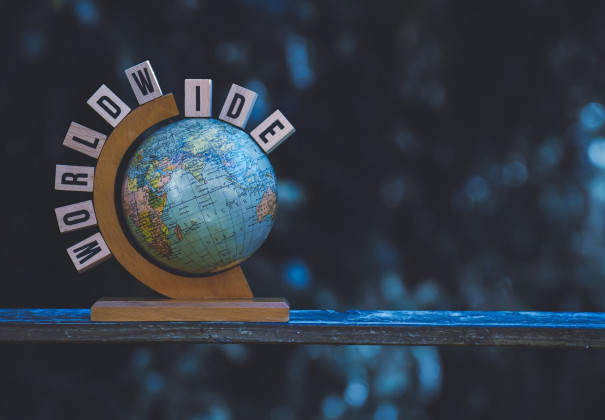
In the shadows of society, a silent battle rages on, unbeknownst to many. Human trafficking, a grim reality that continues to plague our world, remains hidden in plain sight. This disturbing and heart-wrenching crime preys on the vulnerable, exploiting their most basic rights and robbing them of their freedom. With women being the primary targets, the fight against human trafficking goes hand in hand with the empowerment of women's rights. In this article, we delve into the harrowing truth behind human trafficking, exposing the clandestine networks, exploitation, and suffering endured by victims across the globe. We shed light on the scale of this crisis, taking into account the various forms it takes, including sex trafficking, forced labor, and child exploitation. But it is not all darkness and despair. We also highlight the efforts being made to combat human trafficking and support survivors. From grassroots organizations working tirelessly on the ground to global initiatives seeking systemic change, there is hope for a brighter future.

Join us as we unmask the reality of human trafficking, raise awareness, and explore ways to empower women's rights, breaking the chains that bind them to an existence of exploitation and despair.
The Silent Battle: Unmasking the Grim Reality of Human Trafficking and Empowering Women's Rights
In the shadows of society, a silent battle rages on, unbeknownst to many. Human trafficking, a grim reality that continues to plague our world, remains hidden in plain sight. This disturbing and heart-wrenching crime preys on the vulnerable, exploiting their most basic rights and robbing them of their freedom. With women being the primary targets, the fight against human trafficking goes hand in hand with the empowerment of women's rights.
Understanding the Scope of Human Trafficking Worldwide
Human trafficking is a global crisis that knows no boundaries. It affects every corner of the world, transcending socio-economic backgrounds, cultures, and ages.

According to the International Labour Organization (ILO), an estimated 40.3 million people were victims of human trafficking in 2016, and women and girls accounted for 71% of all trafficking victims. These numbers are staggering and highlight the urgent need for action.
Traffickers operate through clandestine networks that exploit vulnerabilities such as poverty, lack of education, and political instability. They lure their victims with false promises of a better life, only to subject them to unimaginable horrors. Once trapped, victims are coerced into forced labor, sexual exploitation, or even sold as commodities. The scale of this crisis demands our attention and collective action.
The Different Types of Human Trafficking
Human trafficking takes various forms, each with its own devastating impacts. One of the most prevalent forms is sex trafficking, where victims, primarily women and children, are forced into prostitution or pornography. This form of trafficking is fueled by the demand for commercial sex and the vulnerability of individuals who find themselves trapped in this cycle of exploitation.

Another form is forced labor, where individuals are made to work against their will, often under slave-like conditions. This can occur in industries such as agriculture, construction, domestic work, and manufacturing. Migrant workers are particularly vulnerable to this form of trafficking, as they often lack legal protections and are isolated from their communities.
Child exploitation is another alarming aspect of human trafficking. Children are targeted, kidnapped, or sold by their own families into various forms of exploitation, including child labor, forced begging, and involvement in armed conflict. The innocence of childhood is stolen, replaced by a life of abuse and suffering.
Empowering Survivors of Human Trafficking
While the reality of human trafficking is undeniably bleak, there is hope for survivors. Empowering those who have been through this ordeal is crucial for their recovery and reintegration into society. Various organizations and support networks are working tirelessly to provide survivors with the tools they need to rebuild their lives.

Psychological and emotional support is paramount for survivors, many of whom suffer from trauma and post-traumatic stress disorder. Counseling, therapy, and safe spaces allow survivors to heal and regain their sense of self-worth. Education and vocational training programs equip survivors with the skills necessary to secure sustainable employment and break free from the cycle of exploitation.
Legal support is also essential in helping survivors seek justice and hold their traffickers accountable. Advocacy organizations work closely with survivors, providing them with legal representation, guidance, and access to resources to navigate the complex legal systems.
Impact on Women's Rights and Empowerment
Human trafficking is not only a crime against individuals, but also against women's rights as a whole. Women and girls are disproportionately affected by this heinous crime, with their rights to safety, autonomy, and dignity trampled upon. Trafficking perpetuates gender inequality, reinforcing harmful stereotypes and depriving women of their agency.

By addressing human trafficking, we are not only combatting a criminal enterprise but also promoting gender equality and women's empowerment. When women are protected from exploitation, they can fully participate in society, pursue education and economic opportunities, and contribute to the development of their communities. The fight against human trafficking is, therefore, intrinsically linked to the advancement of women's rights.
Non-Governmental Organizations (NGOs) and Their Efforts in Addressing Human Trafficking
Non-governmental organizations (NGOs) play a vital role in the fight against human trafficking. These organizations operate at the grassroots level, working directly with survivors and vulnerable communities. They provide critical support, including rescue operations, shelter, medical assistance, and rehabilitation services.
NGOs also collaborate with governments, international organizations, and law enforcement agencies to raise awareness, advocate for stronger legislation, and improve victim protection and support systems. Their tireless efforts ensure that survivors are not forgotten and that communities are educated about the dangers of human trafficking.
Conclusion
The reality of human trafficking is a dark and harrowing one, but it is a battle that we cannot afford to ignore. By unmasking this grim reality, raising awareness, and empowering women's rights, we can work towards a future free from exploitation and despair. It is our collective responsibility to support survivors, combat trafficking networks, and create a world where every individual can live free from the chains of human trafficking.
Together, we must stand up against this silent battle and strive for a world where the rights and dignity of every human being are respected and protected. Let us not turn a blind eye to the suffering endured by countless victims, but instead, join forces to bring an end to human trafficking and empower women's rights. Only through our collective efforts can we create lasting change and build a brighter future for all.
 Add Row
Add Row  Add
Add 



Write A Comment